Queen Ann Lace (Daucus carota)
$6.99
1/4 gram or about 250 Queen Ann Lace seeds…$6.99…multiple grams available
Medicinal Properties of Queen Anne’s Lace (Daucus carota)
Queen Anne’s Lace, also known as wild carrot, has been used for centuries for its medicinal properties. Here are the key health benefits and uses of this herb:
-
Diuretic Properties:
-
Acts as a natural diuretic, helping to increase urine production.
-
Useful for treating conditions like edema, kidney stones, and urinary tract infections.
-
-
Digestive Aid:
-
Improves digestion by stimulating the release of gastric juices.
-
Helps in treating conditions like indigestion, stomach cramps, and flatulence.
-
The seeds are particularly noted for their carminative effects, reducing gas and bloating.
-
-
Anti-inflammatory:
-
Contains compounds that reduce inflammation, beneficial for arthritis and gout.
-
Can be used both internally and topically for inflammatory conditions.
-
-
Reproductive Health:
-
Traditionally used as a contraceptive or to induce menstruation. However, this should be approached with caution due to potential health risks.
-
Some use it as a morning-after contraceptive, though this is not scientifically supported and carries significant risks.
-
-
Skin Health:
-
The root and seeds can be used to make poultices for skin eruptions and rashes.
-
Its antibacterial properties help in healing minor cuts and wounds.
-
-
Antioxidant Effects:
-
Rich in flavonoids and other antioxidants which help combat oxidative stress.
-
May contribute to overall health by protecting cells from damage.
-
-
Kidney Support:
-
Helps in breaking down and expelling kidney stones due to its diuretic nature.
-
Supports overall kidney function by promoting healthy urine flow.
-
-
Respiratory Health:
-
Used in some traditional medicines to treat respiratory conditions like coughs and colds.
-
The expectorant properties help in expelling mucus, making it beneficial for bronchitis.
-
-
Immune Booster:
-
Enhances immune response through its rich content of vitamins and minerals.
-
Traditionally used in tonics to strengthen overall immunity.
-
-
Blood Sugar Regulation:
-
Some studies suggest it might help in managing blood sugar levels, though more research is needed.
-
Always consult with a healthcare provider before using for diabetes management.
-
-
Safety and Precautions:
-
While Queen Anne’s Lace has many benefits, it should not be used during pregnancy due to its potential abortifacient effects.
-
Always consult with a healthcare professional before starting any herbal treatment, especially for long-term use.
-
-
Preparation Methods:
-
Can be consumed as tea, tincture, or in capsule form.
-
Topical applications can be made from the root or seeds for skin conditions.
-
Before using Queen Ann Lace or any medicinal herb for health purposes:
-
Consult Healthcare Providers: Always speak with a doctor or qualified healthcare professional to ensure it’s safe and appropriate for your specific health condition or medication regimen.
-
Potential Allergies: Be aware of potential allergic reactions. Even natural herbs can cause adverse effects in some individuals.
-
Pregnancy and Nursing: If you are pregnant, planning to become pregnant, or breastfeeding, consult your healthcare provider before use, as some herbs can affect pregnancy or be passed through breast milk.
-
Children and Elderly: Special caution should be taken with dosages for children and the elderly, as their bodies may react differently.
-
Interactions: Herbs can interact with medications or other supplements. It’s important to discuss all your current treatments with a healthcare provider.
-
Self-Diagnosis: Do not rely solely on self-diagnosis or online information without professional confirmation.
Use this information as a starting point for further discussion with healthcare professionals to ensure safe and effective use of herbal remedies.
19
Items sold in last 3 days
300
People watching this product now!
Category: Herb Seeds
Tags: medicinal herb, queen ann lace
Description
How to Grow Queen Anne’s Lace (Daucus carota)
Growing Queen Anne’s Lace, or wild carrot, can be a rewarding experience for gardeners interested in both ornamental plants and herbal remedies. Here’s a comprehensive guide on how to cultivate this delicate yet hardy herb:
-
Choosing the Right Location:
-
Sunlight: Requires full sun, meaning at least 6 hours of direct sunlight daily.
-
Soil: Prefers well-drained soil. Sandy or loamy soils are ideal; avoid heavy clay which can lead to root rot.
-
pH: Thrives in slightly acidic to neutral soil with a pH of 6.0 to 7.0.
-
-
Planting:
-
When to Plant: Sow seeds directly into the ground in early spring after the last frost. Alternatively, in regions with mild winters, fall planting can work too.
-
Spacing: Plant seeds thinly, about 1/4 inch deep and 1 to 2 inches apart. Thin seedlings to 6 to 12 inches apart to give them room to grow.
-
-
Watering:
-
Initial Care: Keep the soil moist until germination, which can take 14-21 days.
-
Regular Care: Once established, Queen Anne’s Lace is quite drought-tolerant, but consistent moisture helps during dry spells.
-
-
Fertilizing:
-
Nutrient Requirements: Not heavy feeders, but a light application of a balanced fertilizer in spring can boost growth.
-
Organic Matter: Adding compost or well-rotted manure to the soil before planting can provide necessary nutrients.
-
-
Maintenance:
-
Weeding: Keep the area around the plants weed-free, especially when they’re young. Weeds compete for nutrients and water.
-
Pruning: Deadhead flowers to encourage more blooms if you’re growing it for ornamental purposes. However, if you want seeds, allow some flowers to go to seed.
-
-
Pests and Diseases:
-
Common Pests: Relatively pest-resistant, but watch out for carrot rust flies and aphids.
-
Disease: Can be prone to root rot in overly wet conditions. Ensure good drainage to prevent this.
-
-
Harvesting:
-
Roots: Harvest the roots in the first year before they become too woody, typically in late summer or early fall.
-
Seeds: Collect seeds when the flower heads turn brown. Cut the heads off and let them dry in a paper bag. The seeds will fall out as they dry.
-
-
Propagation:
-
Seeds: Queen Anne’s Lace self-seeds readily. If you want to control its spread, cut off the flower heads before they disperse seeds.
-
Division: Can be divided in spring, but this is less common as it grows well from seed.
-
-
Additional Tips:
-
Wildlife Attraction: The flower attracts beneficial insects like bees, butterflies, and predatory wasps, making it a great addition to a wildlife garden.
-
Invasive Potential: In some regions, it’s considered invasive. Check local regulations before planting widely.
-
This guide provides a thorough approach to growing Queen Anne’s Lace, optimized for both novice and experienced gardeners, ensuring it ranks well in search results for those looking to cultivate this versatile herb.
Rated 0 out of 5
0 reviews
Rated 5 out of 5
0
Rated 4 out of 5
0
Rated 3 out of 5
0
Rated 2 out of 5
0
Rated 1 out of 5
0
Be the first to review “Queen Ann Lace (Daucus carota)” Cancel reply

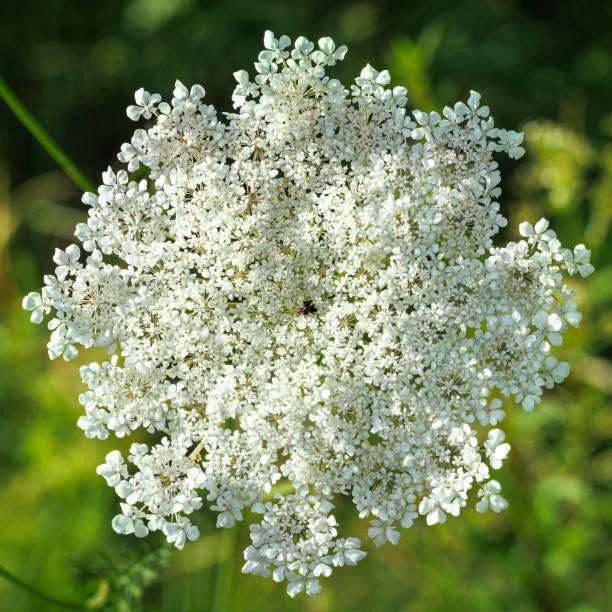
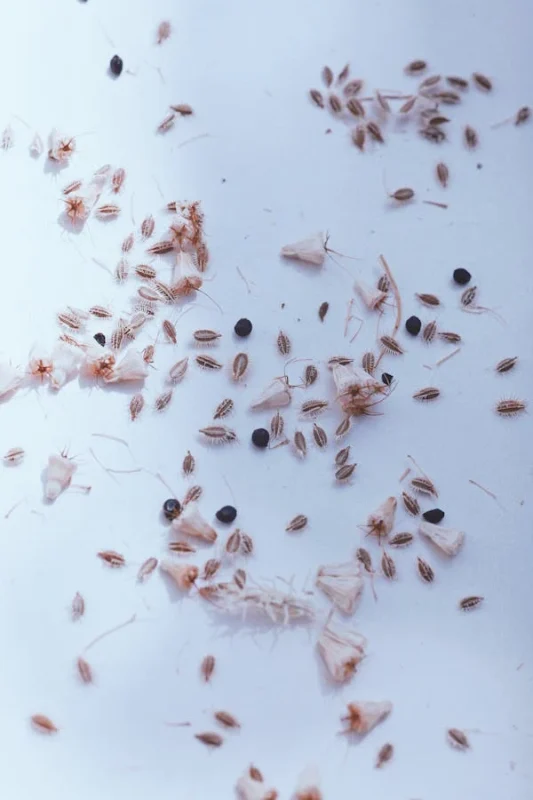
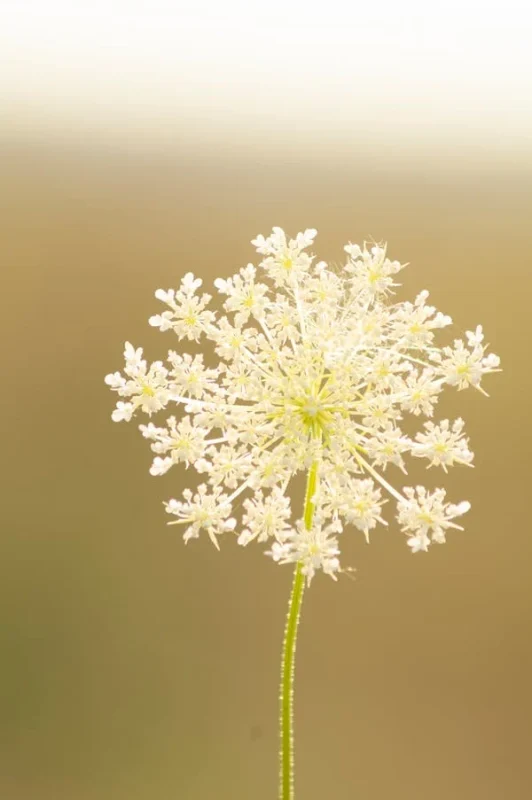
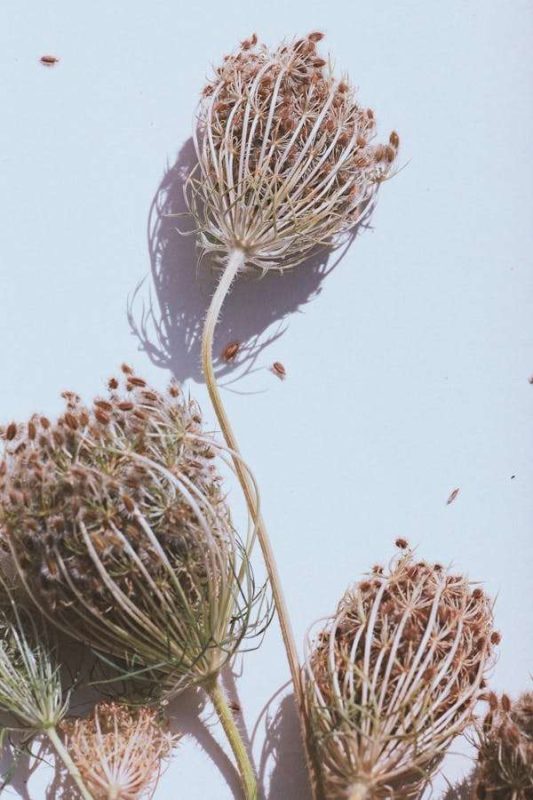
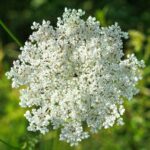
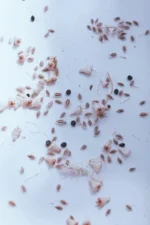
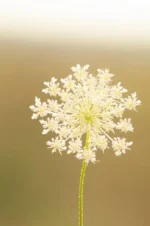
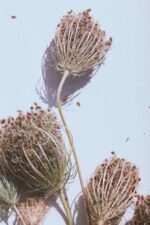



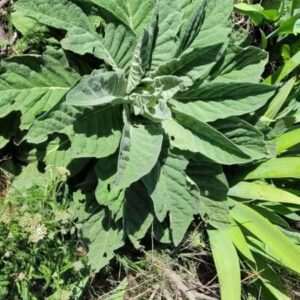
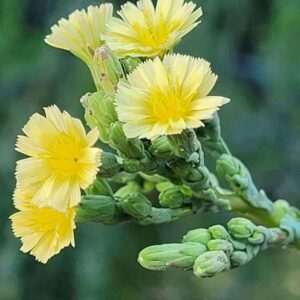
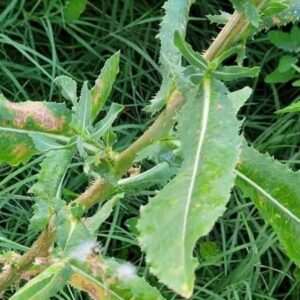
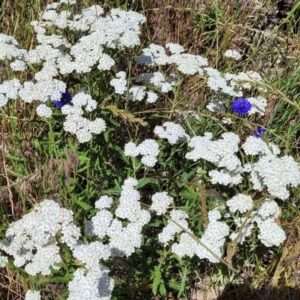
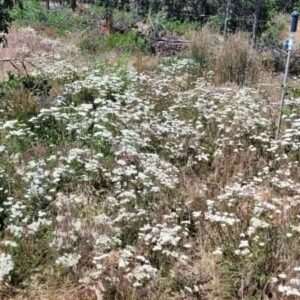

Reviews
Clear filtersThere are no reviews yet.